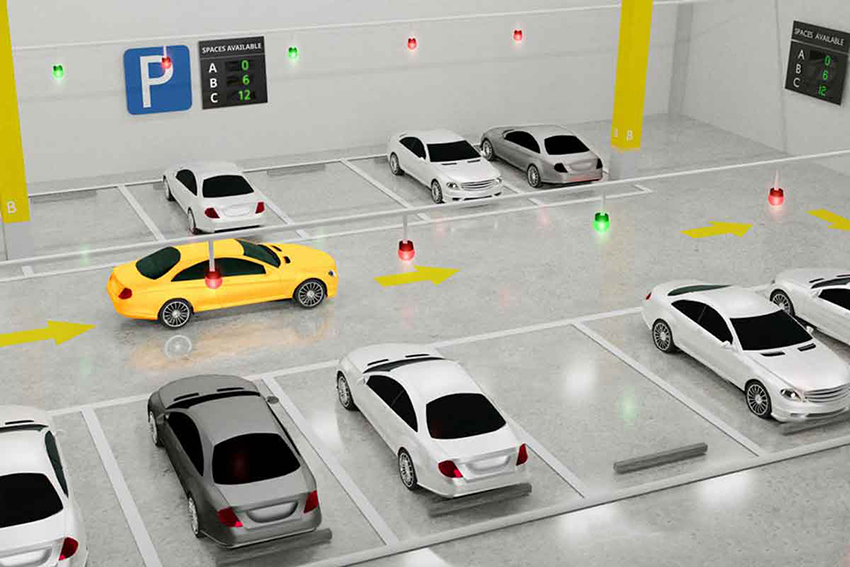IoT technology has gained tremendous popularity in recent years due to its ability to connect independent objects to the Internet and transmit related data. As car ownership increases exponentially, finding a parking space becomes increasingly difficult in daily life. The emergence of IoT technology has effectively solved this series of problems. Smart parking solutions integrated with IoT can allocate free parking spaces to drivers in real time, making parking problems no longer a worry.

Demand for IoT smart parking
There are broadly two reasons at play for the growing demand for smart parking solutions: rising car ownership and rapid urbanization. According to the World Bank, there are more than 4 billion urban residents on the planet, and by 2030, this population will account for 60% of the world’s population. More than 91% of American households own at least one car, a staggering increase that will cause problems for the next generation.
Additionally, the lack of parking spaces keeps drivers searching on the road for long periods of time, causing traffic congestion and further increasing their search time. Without effective parking solutions, this vicious cycle can quickly develop – leading to mass dissatisfaction and road rage.
If that wasn’t enough, self-driving cars are also expected to place new and unforeseen demands on parking lots, including for charging stations. Since most self-driving cars are electric, they need to be integrated with state-of-the-art parking systems.
How does IoT enhance the smart parking experience?
The combination of IoT and smart parking technology brings an efficient parking communication system. IoT sensors are installed in parking spaces, from where the presence and absence of vehicles entering and exiting can be captured. These sensors use ultrasonic waves to measure physical distance and convert their measurements into data. The data they capture is transmitted to a cloud server over a wireless network. Cloud servers require the technology to analyze data instantly to create a map of available parking spaces for drivers looking for free spaces.
As an accessory, the system integrates GPS to provide the driver with real-time instructions. Advanced smart parking technology can also reserve parking spaces based on driver requirements. While on the road, drivers can select an available parking space and reserve it by paying through the smart parking mobile app for a seamless parking experience.
The mechanism behind IoT smart parking
IoT sensors are installed on the ground of the parking lot. They sense changes in the status of the parking space to determine whether there is a vehicle parked. While distance measurement is very common for IoT-enabled sensors, there are three ways to sense free parking spaces:
Electromagnetic fields: When there are metal objects around, the sensor measures magnetic field interference.
Ultrasound: The sensor uses ultrasonic waves and records its distance from the parking lot roof. It catches the signal when there is an obstacle.
Infrared: The sensor detects motion by recording changes in temperature.
Resuma
As smart parking systems strive to solve existing problems, their emergence should be viewed as an inevitability, not just a trend. Including IoT, smart parking integrates augmented reality, machine learning and artificial intelligence. Combining these groundbreaking technologies could lead to greater changes in the parking industry, becoming an unstoppable force in increasing urbanization.